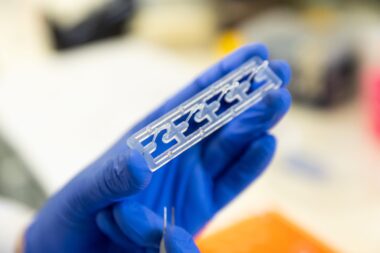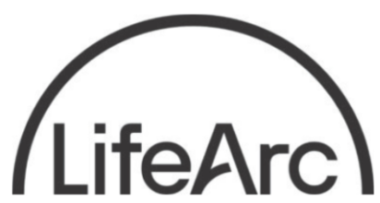
Developing next-generation therapies for LMNA-related congenital muscular dystrophy using ‘mini muscle’ models
Background
To find new treatments, scientists need to find out if it might work in people. They often use animals, like mice, to help with this, but animals are not the same as humans. What helps a mouse might not help a person. Professor Tedesco has found a way to grow ‘mini muscles’ in the lab using skin cells from people with LMNA-related congenital muscular dystrophy. These ‘mini muscles’ act more like real human muscles, which could help scientists find treatments that are more likely to work in people.
Project aims
This project aims to make the lab grown mini muscles look even more like real muscles. Professor Tedesco and his team will also make sure the mini muscles look and act like muscles affected by LMNA-related congenital muscular dystrophy.
Once the mini muscles are improved, the team will use them to test how treatments can be given to the muscles. They will try out different treatments to see if they help and are safe.
Why this research is important
Finding new treatments takes a lot of time and money. Sometimes, treatments that seem to work in early tests don’t work as well when tested in people. This research will help improve how we find the best treatments to move on to the next stage of testing. The scientists hope that by creating lab versions of muscles (called models) that look and act more like muscles in people with the condition, they will find treatments that are more likely to work.
Acknowledgements
This project is funded in collaboration with LifeArc.
